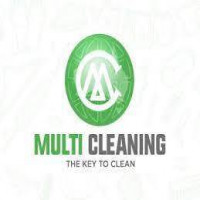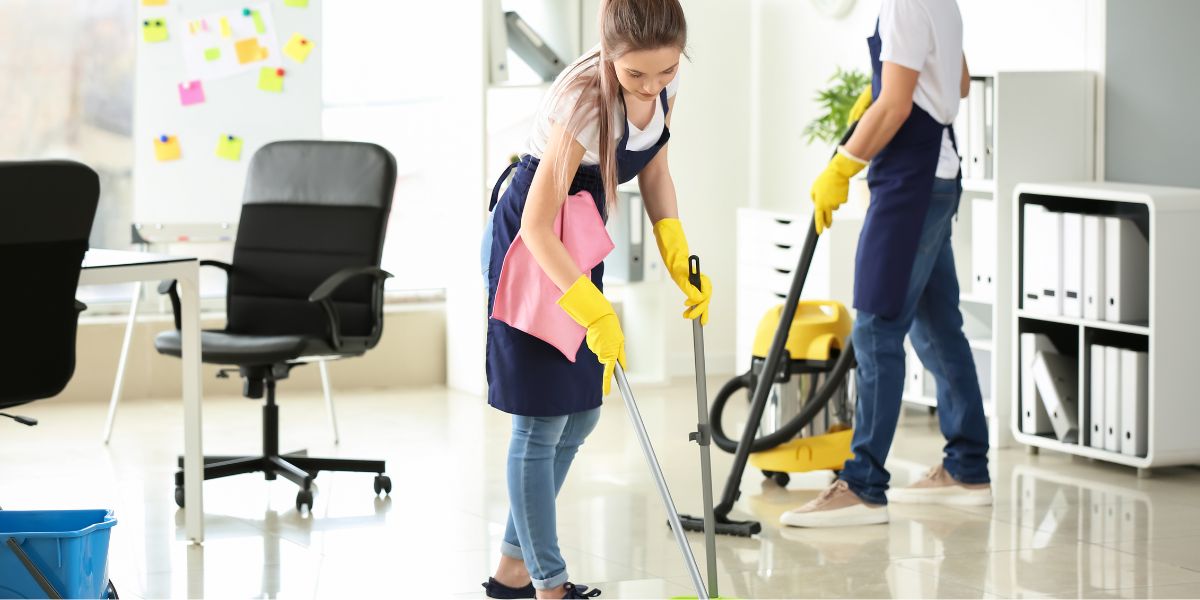Top Challenges in Factory Cleaning and How to Solve Them

Strong 8k brings an ultra-HD IPTV experience to your living room and your pocket.
1. Handling Hazardous Materials
One of the most significant challenges in factory cleaning is dealing with hazardous materials such as chemical spills, toxic dust, oils, and solvents. These substances not only pose health risks to workers but also require specialized handling and disposal processes that comply with environmental and workplace safety regulations.
Solution:
Implementing proper training for cleaning personnel is essential. Staff must be trained in Material Safety Data Sheet (MSDS) protocols and the appropriate use of personal protective equipment (PPE). Investing in specialized cleaning agents and containment materials, along with regular risk assessments, ensures hazardous materials are dealt with safely and legally.
2. Cleaning Complex Machinery
Factories often house intricate machines and equipment that are sensitive to moisture, pressure, and chemical agents. Improper cleaning can lead to machinery breakdowns, affecting production timelines and incurring costly repairs.
Solution:
Cleaning professionals should be trained in equipment-specific protocols. This includes the use of dry cleaning methods such as vacuuming or air pressure systems, and the avoidance of corrosive substances. Scheduled downtime for deep cleaning and maintenance ensures machinery longevity and minimizes production disruption.
3. Managing Large Surface Areas
Factories often cover vast square footage, including floors, ceilings, walls, and storage areas. Manually cleaning such large spaces can be time-consuming and inefficient, especially with limited staff or outdated equipment.
Solution:
Invest in industrial-grade cleaning equipment like ride-on floor scrubbers, high-reach dusters, and automated vacuums. Zoning the facility into specific cleaning areas with scheduled routines helps ensure no area is neglected while maintaining overall efficiency.
4. Dust and Particle Accumulation
In manufacturing environments—especially those involving wood, metal, or textiles—dust and particles can accumulate rapidly. Not only can this affect air quality, but it also presents fire hazards and machinery blockages.
Solution:
Install proper ventilation and air filtration systems. High-efficiency particulate air (HEPA) filters should be used in vacuums to prevent re-circulation of particles. Routine air quality checks and daily dust removal, especially from vents and high surfaces, are crucial preventive measures. Partnering with professionals who also offer office cleaning services in Sydney ensures that even adjacent workspaces stay dust-free and healthy.
5. Cross-Contamination and Hygiene Control
In factories that handle food products, pharmaceuticals, or medical devices, cross-contamination is a serious concern. Shared tools, storage areas, and employee contact points (like handles and restrooms) can become breeding grounds for bacteria and viruses.
Solution:
Set strict hygiene protocols, including color-coded cleaning tools to avoid cross-use in sensitive zones. Increase the frequency of sanitizing high-touch surfaces and incorporate antimicrobial treatments where necessary. Creating clean zones and dirty zones with clearly marked boundaries can also control contamination risks. Even factory office spaces benefit from office cleaning in Sydney, especially when hygiene is critical across the entire facility.
6. Grease and Oil Build-Up
In automotive and metalwork industries, grease and oil are common byproducts that not only create slipping hazards but also attract more dirt and debris, compounding the cleaning difficulty.
Solution:
Use industrial-strength degreasers tailored to the specific contaminants present in your facility. Implement a layered cleaning system, starting with dry removal of solids, followed by degreasing and scrubbing. Non-slip mats and routine floor maintenance help prevent build-up and keep surfaces safe. A dependable office cleaning company may also assist with shared areas where industrial and administrative zones overlap.
7. Waste Management
Factories generate significant volumes of waste—ranging from packaging materials to hazardous byproducts. Without an organized waste management system, cleanliness becomes unsustainable, and health risks increase.
Solution:
Segment waste by type: recyclable, general, hazardous, and organic. Place clearly labeled disposal stations throughout the facility. Partner with certified waste disposal services for hazardous materials and conduct staff training sessions to reinforce proper disposal habits. Reliable office cleaning services providers often offer integrated waste disposal strategies that align with factory protocols.
8. Cleaning High-Traffic Areas
Factory entrances, break rooms, locker rooms, and restrooms experience high foot traffic. These areas require frequent cleaning to maintain hygiene and employee satisfaction but are often overlooked in large cleaning plans.
Solution:
Assign dedicated staff to monitor and clean these zones throughout the day. Use durable, commercial-grade materials and touch-free fixtures where possible to reduce contamination. Installing floor mats at entry points can also help trap dirt before it spreads through the facility. A reputable office cleaning company in Sydney can also provide expert service to keep shared spaces within industrial environments clean, professional, and welcoming.
9. Time Constraints During Production
Factories that run multiple shifts or operate 24/7 make it difficult to allocate time for deep cleaning without interrupting production. Delays in cleaning can lead to hygiene lapses and safety violations.
Solution:
Create staggered cleaning schedules that align with production lulls. Night cleaning teams, weekend deep cleans, and real-time spot-cleaning during operational hours can keep the factory tidy without impacting output. Communicate clearly between cleaning staff and production teams to coordinate access.
10. Lack of Standardized Procedures
When cleaning tasks are assigned without a formal checklist or protocol, critical areas can be missed. A lack of accountability or tracking can result in substandard cleaning outcomes.
Solution:
Develop a Standard Operating Procedure (SOP) for cleaning tasks. Include visual guides, timelines, and responsibility assignments. Digital checklists and reporting tools can help track task completion and identify problem areas before they escalate.
Elevating Factory Hygiene Through Strategic Cleaning Solutions
Factory cleaning is no small task—it involves more than just wiping down surfaces and emptying bins. From managing hazardous waste to maintaining complex machinery and ensuring hygienic employee areas, the challenges are extensive and multifaceted. However, with the right equipment, trained personnel, and strategic planning, these challenges are far from insurmountable.
Professional cleaning services that understand the industrial landscape bring immense value by ensuring safety, compliance, and operational uptime. For facilities looking to streamline their cleaning efforts and stay ahead of regulatory demands, partnering with a knowledgeable service provider is key.
Multi Cleaning stands as a trusted name in tackling these cleaning challenges with precision, safety, and reliability.
Note: IndiBlogHub features both user-submitted and editorial content. We do not verify third-party contributions. Read our Disclaimer and Privacy Policyfor details.



